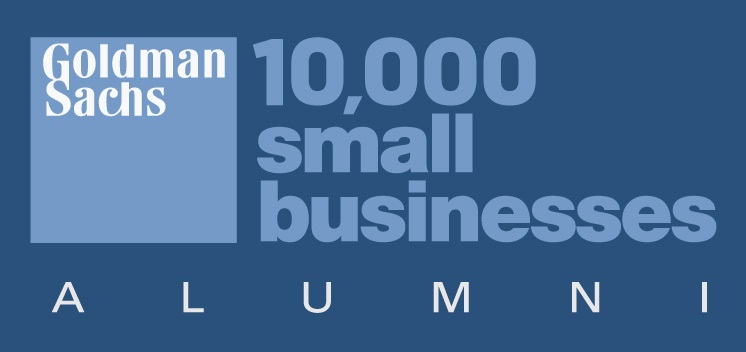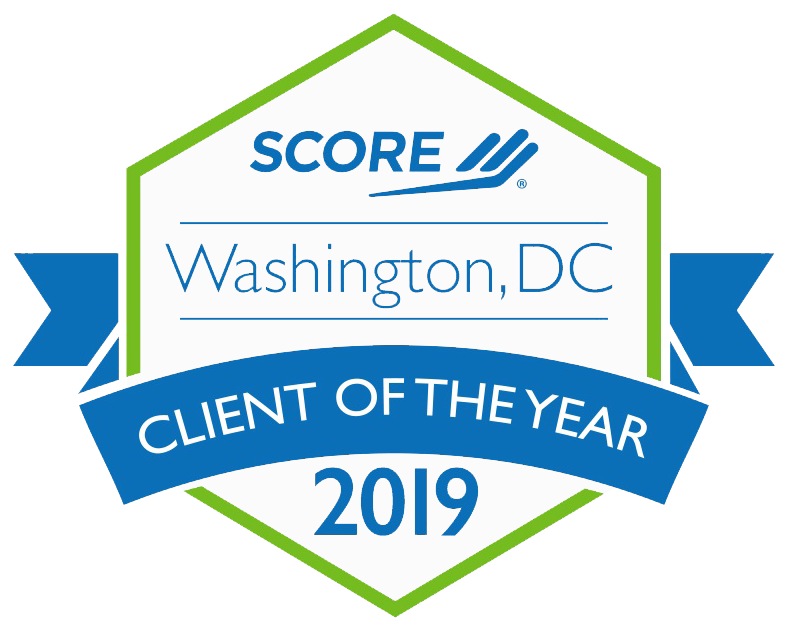Being a good grant writer is one thing — knowing how to manage a budget is another! Grant writing budgets have more variable factors than you would assume, and they greatly impact the timeline and tasks of your proposal.
While we recommend hiring someone to work on budgets with an understanding of financial management and accounting, we know this isn’t always an option. In this blog, we’ll be providing tips and tricks on how to best categorize your budget expenses, so you can focus on what really matters; the writing.
How should you prepare a grant proposal budget?
You want to present your grant proposal budget in a way that will make a good impression to the grant reviewer. Think about the story you’re telling, and match the budget with that story.
We recommend reviewing the guidelines from the funder, and use the budget categories requested. You might have to use their template, so you can align figures correctly, double check your data, etc. However, in most instances you will have to create a budget on your own and want to ensure it shows your financial picture.
If you’re concerned your budget is difficult to read or hard to understand, have a friend or coworker look over it. If they can’t understand it, work on simplifying it a bit more.
What items are commonly included as budget revenue?
- Corporate sponsorships. Corporate donations received as part of a special campaign, event or annual giving program.
- Contributions and donations. Major gifts and donations from individuals, groups of individuals.
- Grants. Funding received through private or government grants (in some instances you might want to separate private versus government funding).
-
- Contracts. Funding that is received through government or other specialized contracts, but not designated as grant funding.
- Program income. Income generated through programs, and can include such items as insurance revenue (for health-related programs), fees for services and membership dues.
- Special event income. Income generated through a special event.
- Planned giving and endowments. Designated gifts or funds that are restricted and part of the organization’s longer term sustainability.
- Investment income. Income generated through the organization’s financial portfolio and investments.

What items are commonly included in the grant proposal budget expenses?
- Staff. If your program requires that you cover staff costs, make sure to include that salary under the “personnel” category. You should also indicate whether the costs are salaried or hourly.
- Fringe benefits. These are taxes and benefits the nonprofit must pay for its employees. Based on a gross salary, they typically average around 25%, depending on the size of your nonprofit and package provided. Medical insurance and sick leave should also be taken into account. When you list fringe benefits in your budget, make sure you note “Standard Government Fringe Benefits Package as Required by Law,” just in case the reviewer doesn’t know what your fringe benefits include.
- Travel. This might look a little different during the pandemic, but applicable to some. Travel expenses can be included in the proposal budget, however they may be subject to scrutiny and a difficult approval process. To help justify travel expenses, include documentation of why the travel is important and necessary, Include all costs, from the plane ticket, food, lodging, etc.
- Equipment/Supplies. These expenses should be well documented, and include detailing on why they contribute to and benefit the project overall.
- Consultants. Provide information on who these resources are and how they are contributing to the project.
- In-kind contributions. These are any goods or services donated to the organization. They can also be used as matching funds in many requests. Some examples include corporate volunteers, donation of computers, pro-bono professional services, etc. To determine the value of these services, look up their market value.
Will there be any overhead costs?
Yes, there may be indirect costs for administration and facilities, and these are more often used in government grants. These might include building costs, insurance, utilities, etc. In some cases, a percentage of total indirect costs can be reimbursed by the funder, but only if a cost rate has been negotiated and approved by the grantor. Make sure to read through the RFP (request for approval) before including these.
If you’re looking for grant consulting services, RBW Strategy has your back! We help with grant research, planning, writing, and everything in between. Visit our services page for more information and contact us today!





